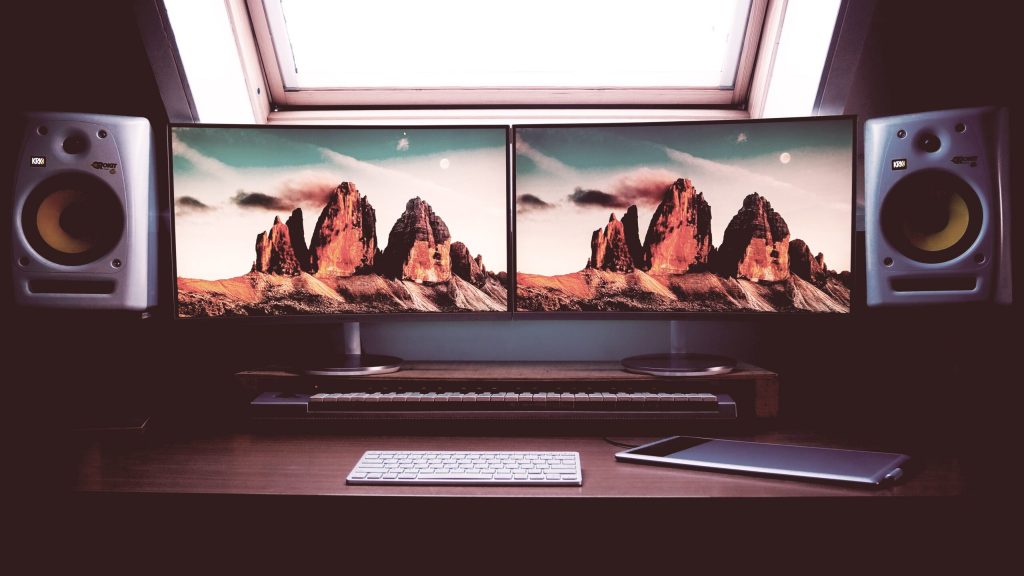Video conferencing certainly isn’t new – its use started as far back as 1964. But since then, advances in voice over IP (VoIP) applications and access to high-speed internet has meant the technology was already part of many of our lives. But the COVID-19 pandemic placed video conferencing in the global spotlight like never before, and the role this technology has had in keeping the industry wheels turning cannot be overstated. In fact, ‘Zoom’ even made it into the Google Top 5 Search Trends of 2020, and the web and video conferencing market increased 500% in the first two months of the pandemic, according to TrustRadius.
As lockdowns come to an end, it’s time to question what the future looks like for video conferencing, and how further advances in technology and innovations can address some of the challenges faced.
A Transformed Workplace
COVID-19 forced many people to question the Monday to Friday grind, and if endless face-to-face meetings were always necessary. Employees realised the benefits of having a more flexible way of working, allowing them to choose the tools, places and times they felt led them to be most productive.
However, as much as a revelation video conferencing has been during the pandemic, decision-makers have had to set up their workforce with technologies that may not be suitable for longer-term use. As we look to the future, businesses need to evaluate what video conferencing platforms will best support their employees.
Experimenting With New Concepts
Google’s Project Starline looks to revolutionise conference calls by re-imaging how a call can be displayed. Showcased at Google IO 2021, the experience generates a 3D display of people during a video conferencing call, all within a booth. By combining a range of technologies, such as machine learning, real-time compression, and special audio, the innovative platform displays a 3D model of the user projected onto a screen. This allows people to feel more connected to the people they’re speaking with as if they’re really in front of them.
AR and VR are some of the most exciting technologies of today, and their potential use in video conferencing is already being explored. For example, start-up company Spatial has created a holographic collaboration platform that allows users to collaborate in virtual rooms by using avatars.
Cloud Phone Systems - Built For Remote Working
It may be a long time before we see a true shift in the way we conduct video conferencing, so businesses are looking to what technologies can provide the best experiences for today.
A cloud phone system that offers cost savings, flexibility and easy management can truly transform your business communications.
Our 3CX Cloud Phone System is built for remote working, is easy to install and provides the security and flexibility your employees need to work from anywhere, at any time.
Secure, reliable and flexible, 3CX is trusted by 600,000+ companies and offers enterprise-level video conferencing.
We’re specialists in cloud phone systems for UK businesses and 3CX experts. Get your free online quote today.

